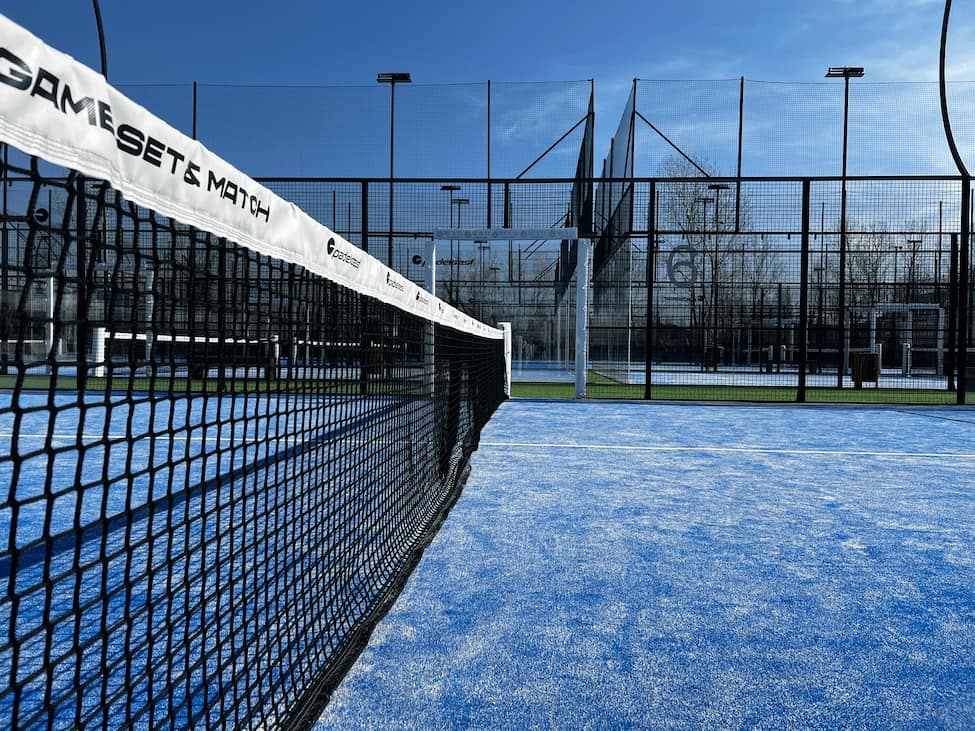Tracking the explosive growth of padel worldwide

Once considered a niche activity, padel has rapidly become a global sport. From private clubs in Madrid to public parks in Miami, padel courts are being built at record pace. But what do the numbers really say? And why is everyone talking about padel now?
A sport on the rise
The growth of padel is undeniable. In recent years, the sport has experienced a surge in participation, infrastructure, and visibility. According to multiple reports, Europe alone now has over 30,000 padel courts. In Italy and Sweden, the number of courts has doubled in just three years. Meanwhile, Spain continues to lead the way with more padel courts than tennis ones.
But it is not just a European trend. The United States is showing clear signs of momentum. Investors and clubs across the country are betting on padel’s potential, with dedicated facilities opening in cities like New York, Miami and Los Angeles. As interest increases, padel growth statistics show that North America is poised to become one of the sport’s next major markets.
What Is driving the momentum
Several factors explain the sport’s rapid adoption. Padel is accessible, easy to learn and more social than many other racket sports. The court size and doubles format encourage long rallies and fun interactions, making it ideal for players of all levels.
From a business perspective, the padel growth story also includes innovation in construction, court technology and facility design. Clubs are no longer looking for just a playing surface. They want integrated experiences. Lighting, acoustics and panoramic designs are becoming standard in high-end projects, especially in regions betting heavily on the padel sport growth trend.
The rise of the sport in the USA
The growth of padel in the US deserves special attention. While still in an early phase, it is accelerating fast. Several federations and private stakeholders are actively promoting the sport, and media coverage is expanding. High-profile endorsements along with investment from former athletes and entrepreneurs are pushing padel into the spotlight. The upcoming years could be crucial in defining how the sport scales across the US and North America as a whole.
Key factors behind the momentum include:
- An emerging market with strong potential. Interest is rising, especially in states like Florida, California and Texas.
- Private investment and global brands. European companies are entering early, and international brands in equipment and court construction are expanding operations.
- Multi-sport clubs embracing padel. Clubs are adding courts to diversify their offer and attract new members.
- Tournaments and events. Pro exhibitions and local competitions are driving visibility and building community.
- Local adaptation and innovation. Companies like Padelgest bring technical expertise and tailor experiences to U.S. culture.
- Solid long-term returns. Despite high initial investment, growing demand and low competition offer strong ROI in key regions.
A strategic perspective on padel infrastructure
Understanding padel’s growth is also about knowing where and how to build. Projects are becoming more ambitious and competition in the market has led to higher standards in court design and execution.
This is where experience matters. Brands that have shaped the evolution of premium padel court manufacturing are playing a key role in this transformation. Padelgest, for example, brings a track record of innovation and technical expertise that aligns with the demands of this expanding market. Their approach goes beyond construction. It reflects a strategic understanding of what the next generation of clubs and players will expect.
Looking ahead
Whether in Europe, the Middle East or the US, one thing is clear. The growth of padel is not a passing trend. It is a structural shift in how people engage with sport, business and lifestyle.
Those shaping the future of padel from investors and club owners to court manufacturers are the ones making it happen.


